Following on from last week’s look at some images from South Georgia, this week I’m going to walk you through some photos from the three consecutive voyages to the Antarctic Peninsula, working with Aurora Expeditions in November and December 2012.
Picking up the story after we left the breath-taking South Georgia, we spent three days on the Drake passage, before starting off with a great landing on Penguin island. It was here that I got my first chance to photograph the amazingly cute Chinstrap Penguins. I included almost too many shots of these guys in the video that I released a few weeks ago, so I’m going to keep the numbers down a little here. Over artistic merit for this first one, I wanted to show you a shot of a Chinstrap with its brooding pouch open. I honestly didn’t even know that penguins had these slits in their feathers so that they can warm their eggs with direct skin contact, so this shot fascinates me. I also like the slight tilt in the penguins neck, almost as though he or she is showing me something a bit naughty.
I personally think the chinstraps are probably one of the cutest looking penguins. That strap looks like they have a big broad smile on their face of course, but they also just move around in such a way that you have to smile yourself. The movie Happy Feet probably helped with their image a lot too. I was actually traveling with a naturalist called Gary Miller the first time I was in Antarctica, and he was a consultant on penguins for the movie. He of course absolutely adores these little guys too.
Next up, is a shot from a couple of days later, when we were in a place aptly named Paradise Harbour. This shot was from just before 7:30am, during an early zodiac cruise around the harbor. I have other shots from closer up, but to give you an idea of the scale of the scene, when another Zodiac cruised along the front of the glacier you can see running across the horizon of the water, they weren’t much more than a pin-prick. It was hard to see them in fact. The only reason we knew they were there, was because they’d sped across the harbor disturbing our perfectly calm mill pond shortly after this.
That of course is one of the nice things about being in the photography group, and therefore in my Zodiac. We can basically call the shots on where we go, and how much time we spend there, rather than just ploughing through the harbor taking everything in at a much faster pace. This suits the general passengers of course, and on the odd occasion when we end up mixed, they usually complain that the photographers take too much time, so it’s great to keep us apart with the photography option that I was providing on these voyages.
Shortly after the last shot, we returned to the Polar Pioneer, our ice strengthened Russian ship that I mentioned briefly last week. I have to say again though, that I love this ship. She’s big enough to keep us relatively comfortable in rough seas, and small enough to get into parts of Antarctica that the larger 150 passenger cruise ships simply can’t get.
These last two shots have both had a little bit of Color Efex Pro run against them, to bring out the texture and detail a little more. I actually rarely use Color Efex on wildlife shots, but I did use it on the next shot too, to enhance the falling snow as this Chinstrap penguin battles uphill in a storm. Although I like to really add punch to some images with Color Efex, with wildlife shots especially, I really like to keep the effect subtle. I don’t think you’d know I even used it here unless I told you. A bit of Pro Contrast or Tonal Contrast can really bring out snow in a scene like this though, as can a very small amount of Detail Extractor, or a subtle mix of all three.
Note too that although I had a pretty productive time, to save going through each of these three expeditions in too much detail, I’ve really tried to keep the number of images I talk about down to a minimum. The day we left Paradise was actually the last day of Expedition one, and this shot was after we’d crossed the Drake Passage, back and forth to Ushuaia, to pick up a new ship full of passengers. This is a place called Two Hummock Island, at the start of the second expedition.
This next shot from the following day at Curverville Island, is straight out of the camera though, and one of my favorites from the trip. These are Gentoo Penguins hurrying along there penguin road along the snowy beach, after a fishing expedition. Here of course I timed the shot so that they were all in line like this, looking like they’re doing one of those swirly rotating dances. Because they were moving relatively fast towards me, I’m pretty sure that for this one, I had focussed on the snow just in front of them, and then snapped a few frames as they progressed to that spot. AI Servo focusing might have worked too, but in the heat of the moment as I turned and saw this cute scene, prefocus seemed like the best option, and I’m happy with the results.
The follow day, as we flipped the calendar into December, we were at Port Lockroy, with the wonderful museum and even a gift shop at the old British base. It was nice to actually be somewhere that we could meet other people, and even spend a bit of money. Many people write postcards as you can post them right from the base. This next shot is a yacht that was moored in the port, with the snow covered glacier behind it making a wonderful backdrop for this shot.
Here I actually added a +38 post-crop vignette in Lightroom, to brighten the corners and enhance the dreamy feel of the image. I rarely do positive vignettes, but I think it works nicely here. The only thing I regret is that there wasn’t enough room in the foreground before this side of the port started, so I had to cut off the reflection of the yacht’s mast, but it doesn’t bother me too much. I’ve already tried printing this one too, and it looks pretty impressive. One of my favorites, for sure.
The weather was treating us quite kind during the second expedition, and we found ourselves at Enterprise Island the following day with the most incredible calm sea again, and I got another shot that will probably remain a favorite. With the abandoned whaler at the back of this cove, and the sun lowish in the sky, I put the horizon smack in the middle of the frame, and mirrored the sun in the mill pond water, and because I was stopped down a little, I got this lovely sunburst effect as well, caused by the aperture leaves in the lens. This was shot at f/11, but I get a nice sunburst effect even at f/8 with my 16-35mm f/2.8 lens, so I like to play with this on the rare occasion that I’m shooting on a clear day like this.
As we left the Antarctic Peninsula on the last day of the second expedition, because we weren’t able to get into the caldera of Deception Island, our last scheduled stop before returning to Ushuaia, our landing at Elephant Island became our last landing, and it was a pearler. To start with, it was a tough call for the expedition leader as to whether or not we would even be able to land, because the sea was so rough. I’d been asked to wear waders, instead of my usual knee high overshoes, as it was possible I’d be in some nasty waves as I helped people in and out of zodiacs on the beach.
The crossing from the Polar Pioneer, that would wait over a mile out to sea as we went ashore, was pretty nasty. Swell was probably around 3 meters, which is a lot when you are in essentially a rubber boat. On the way ashore though, the sea was working with us. When we got ashore, it became obvious that the zodiacs weren’t going to get back to the ship to pick up more passengers without a little ballast to stop them flipping as they sailed into the wind. I was to be the ballast on one of the zodiacs. Doctor John, the ships physician and highly skilled zodiac driver asked me to sit near the front on the pontoon, but pretty much as soon as we left the shore it was obvious that it wasn’t going to be possible to just sit on the pontoon. I was thrown all over the place, and ended up spending most of the trip back to the ship crouched near the box at the front hanging on to the anchor rope, like some sort of an insane aerobic teacher come rodeo rider. Once every two or three waves the icy sea water would come flooding over the front of the zodiac and over my head mostly too. It was a pretty rough ride, to say the least.
We picked up another load of passengers, and made our way back out to Elephant island again, for our landing. When I got there, rather than art photographs, I was documenting a rescue mission, as there was a series of potholes, with groups of six week old elephant seals in them, that had dropped through the snow. The staff debated briefly about the ethics of what we were about to do, because if we were not there, these young elephant seals would surely perish. We figured that us humans had been responsible for the deaths of enough of these seals already though, so set about the task of rescuing them, another good reason for the staff being in waders on this particular day.
Here we can see James and Santiago, two of the Aurora staff, in a pot hole with five elephant seals. These seals are fed for about four weeks or so after they are born, and having grown to around 60 – 100 kg in that time, they are then left on the beach as their mothers go to see for a few weeks to feed on fish, and come back to give their pups one last feeding before they are left to fend for themselves. Conditions this year though had for some reason had caused the seals to melt through the snow in these potholes, and there were groups of them all over the beach.
It was a relatively dangerous job, as every so often a seal would crank its head back around and try to bite someone, but after an hour or so, the last pup was released from the last pothole. We used ice picks to dig further out around the holes, so if more pups dropped in after we’d gone, they’d hopefully be able to climb back out again.
One could argue that we shouldn’t have helped the pups, interrupting the course of nature, but I’ll never forget the look on their eyes as we found the first few groups. I’ll find it a lot easier to live with the decision to help them, than I would have if we’d decided to leave them to perish.
We’d been back to Ushuaia, and picked up our passengers, and were half way through the third and last expedition, when I shot this next image. We were in Cierva Cove, with beautiful light, and relatively good weather again. We’d spent the morning zodiacing around the cove, exploring some magnificent icebergs. This one was recently printed and handed out to guests at the OFFSET launch. Offset is a new stock agency that Shutterstock have launched to provide a better class of stock photography, and I’m proud to have been invited to join them. There’ll be more on that in the coming weeks, as they open the doors more and more to the public, but if you are a buyer of stock photography, then you can request an invite to browse the galleries at www.offset.com. Again, I popped this a little with a run through Color Efex Pro, but I just love the iridescent blues of the underwater part of the iceberg here. I also see a roman centurion calved out of the ice to the right, but a quick poll on Google Plus recently, tells me that not many other people actually see that.
Next, I once again have to apologise to my friend Ade, because we’d been hoping for a chance to shoot a leopard seal the entire time we were together on the first expedition, but it didn’t happen. Finally, now towards the end of the third voyage, we found one sitting up on a small iceberg, having a rest, probably after eating a penguin or two for breakfast. He had a mouth full of foam, but did open up his big fierce jaws to give us a look at his teeth a few times, and that is what I shot here. I had to crop a passenger’s shoulder out of this to the left mind, as my photography has to take a back seat when something special happens and there is limited space to shoot it.
This next shot, still from that morning in Cierva Cove, is one that I included in my 2012 best ten images, and seemed to go down pretty well with you listeners as well as people that follow me on Google+. It remains a favorite, though I have to admit, at the time of shooting this, I didn’t think I was going to like it quite this much. These two monumental icebergs really were magnificent though. Still pretty much tables of ice, that had probably broken away from one of the large ice tables found around Antarctica. The texture in the sky adds a lot, and once again I pumped this up a little in Color Efex Pro. I think using a wide angle lens here, shooting this at 16mm, gives us a feeling of the water and the sky kind of radiating out from the icebergs, or maybe that we’re rushing towards them.
Remember, as I said last week, if you are thinking of picking up Nik Software’s complete package, Google have now made it available for just $149, and for another short while, you can use my code MBP15 to get a further 15% discount, taking the price to just $126.65. If you enter my short-link https://mbp.ac/mbp15 (Sponsored by Google) into your browser, the code should be entered for you automatically, but otherwise, try entering MBP15 on checkout. I’m pretty sure this won’t work after June 2013 mind, so don’t hang around if you want to use the code.
It really was an amazing morning in Cierva Cove, and shortly before we had to go back to the ship, we found these three Adelie Penguins on top of a growler, which is actually the proper term for a small iceberg about the size of a family saloon car. The name comes from the sound they make as they rattle along the side of a ship. We circled these lovely penguins a few times in our zodiac, and this is a shot from shortly before they made their exit, diving into the sea, probably to get away from a group of ten annoying photographers in a zodiac.
We called in at Elephant Island once again, as we left the Peninsula for the third time. I apologize in advance if this last photo disturbs you, but unfortunately when we got there, we found a few groups of dead Elephant seals on the beach. They’d obviously fallen into potholes again, though there weren’t the numbers that we’d rescued less than two weeks earlier, which was good. I chose to include this image in my slideshow, and here today, as a poignant reminder of the fragility of life down here in Antarctica. It only takes a bit of strange weather, maybe overly warm sun causing the dark seals to warm up enough to melt a hole in the snow, and their lives can be put in danger incredibly easily. It was sad to see, but I felt I had to shoot this, especially as the pelt that is left around the bones of the seal almost look like the hood of the Grim Reaper that took this poor little soul away.
We were able to get into the caldera at Deception Island before we left the peninsula though, finally, on my fourth chance. Apparently there are rocks just below the surface on one side of Neptune’s Bellows, the entrance to the mouth of the mostly underwater volcano that forms the island. In stormy weather, the ship can be blown across to the rocky side of the opening, which is why we need pretty good conditions to be able to get inside.
The beach, made of black volcanic sand is warm, and the water is apparently warm enough to bath in, in places. We weren’t invited to do so this time, as time was against us, but we had a wonderful couple of hours inside here. I did some long exposure shots, like this one of two small abandoned boats half buried in the black sand. I cropped this down to a 1:2 aspect ratio too, as the foreground and sky weren’t adding much here, and I wanted to accentuate the long structure of the boat.
In the slideshow that I released a few weeks ago, also included a couple of shots of another less than proud human legacy, the whale blubber boilers that were behind me as I captured this shot. Deception island was unfortunately a whaling station for some time, before we moved away from that horrible practice. We’ll finish here for today though, and I do hope you’ve enjoyed these photos, and sharing some of the experiences that I had on these three expeditions. I would like to thank Aurora Expeditions for giving me the opportunity to work these three voyages, and I’d like to thank any of the passengers that joined the photography option, also making it possible for me to spend this very special time with you.
Show Notes
Music by UniqueTracks
Subscribe in iTunes for Enhanced Podcasts delivered automatically to your computer.
Download this Podcast in MP3 format (Audio Only).
Download this Podcast in Enhanced Podcast M4A format. This requires Apple iTunes or Quicktime to view/listen.

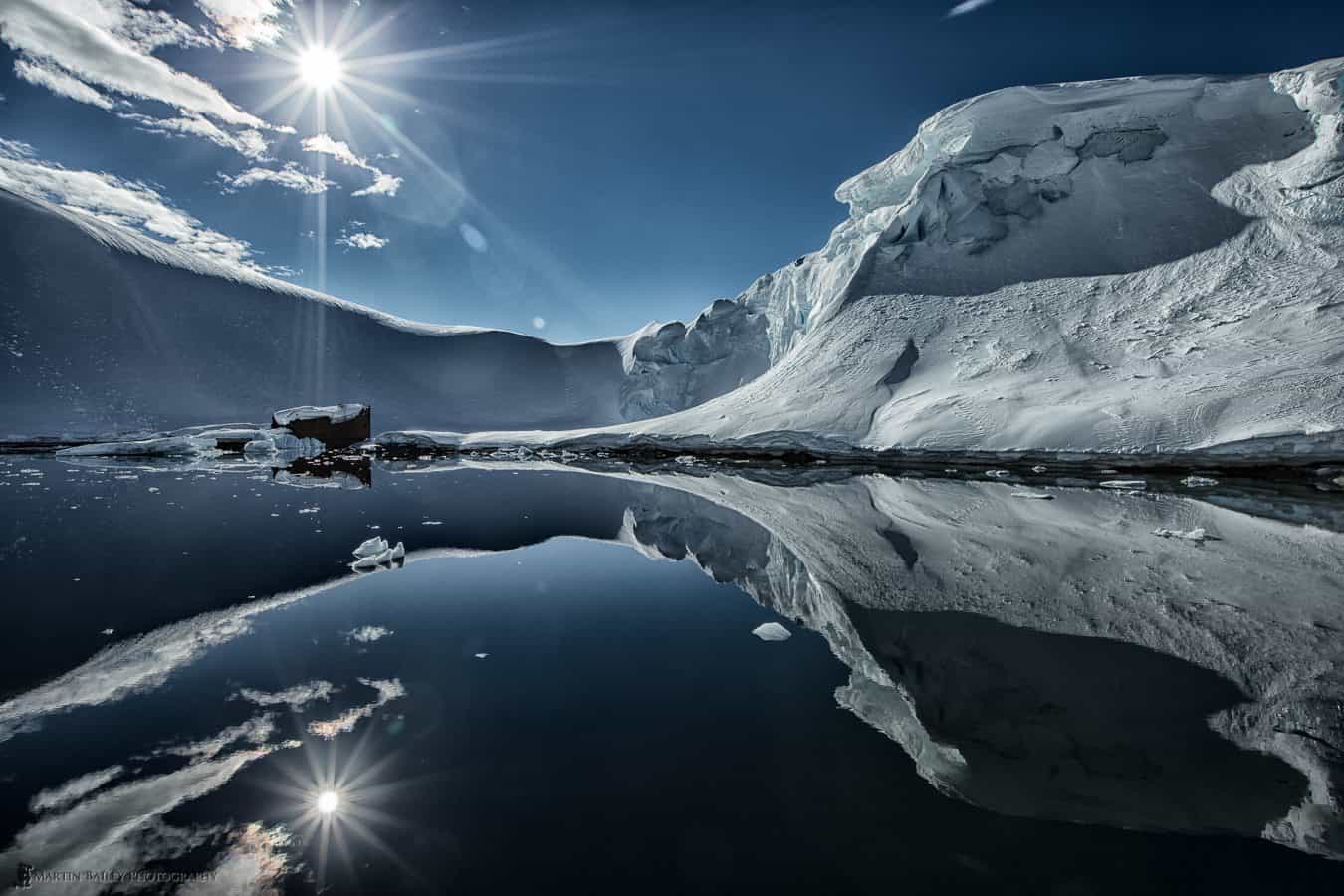
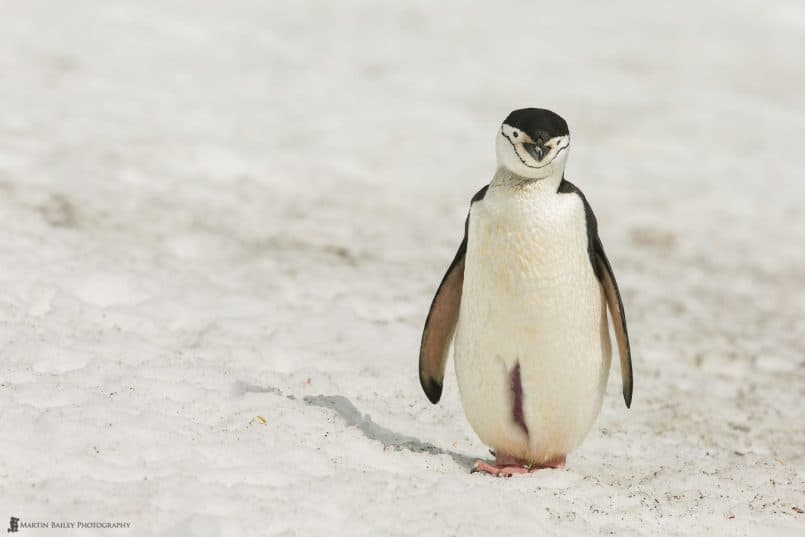
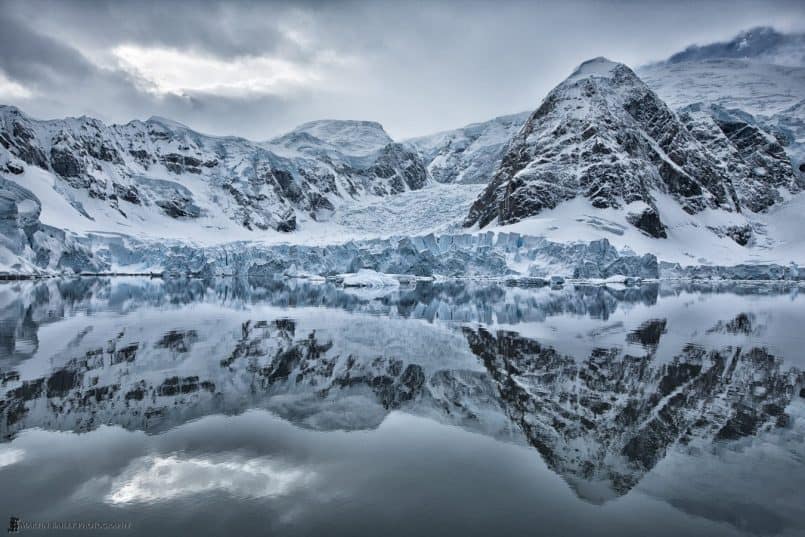
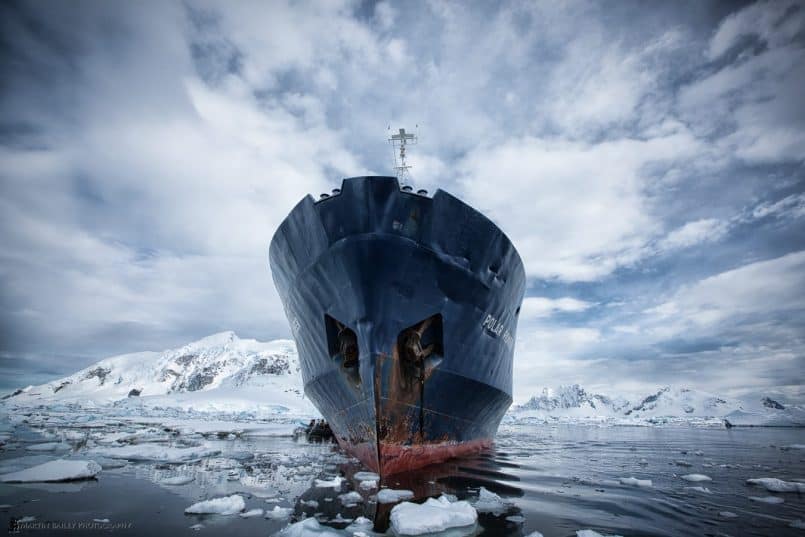
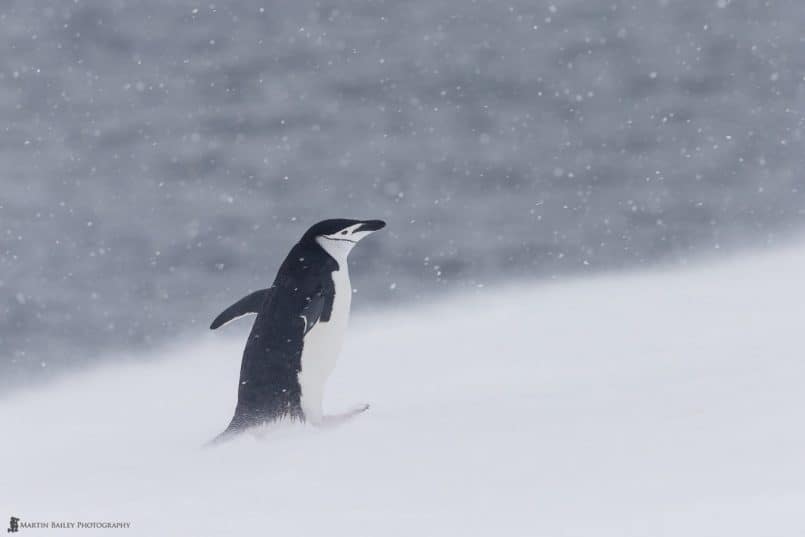
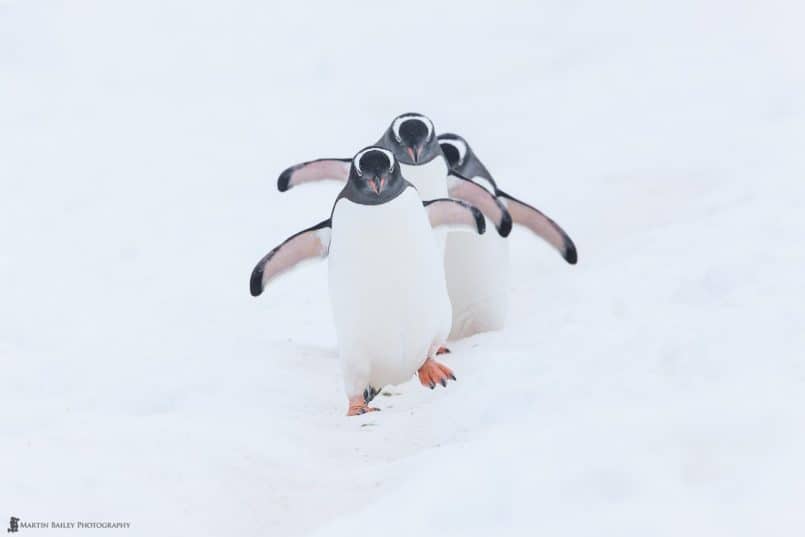
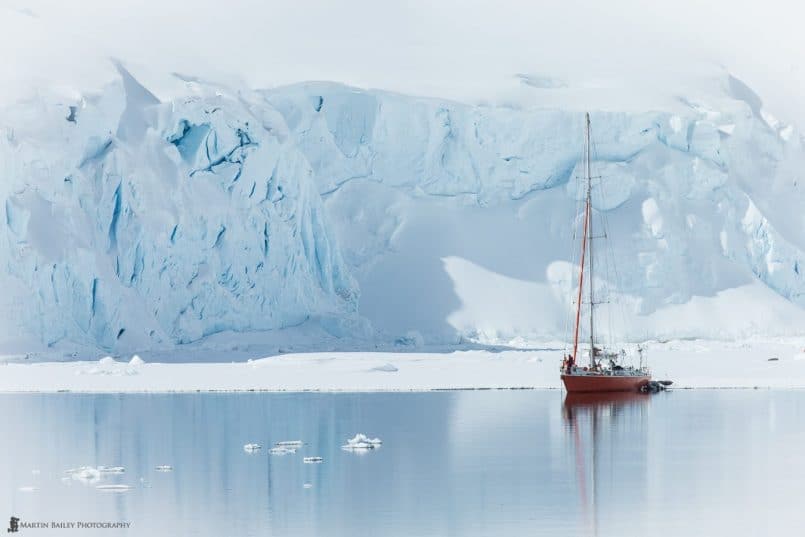
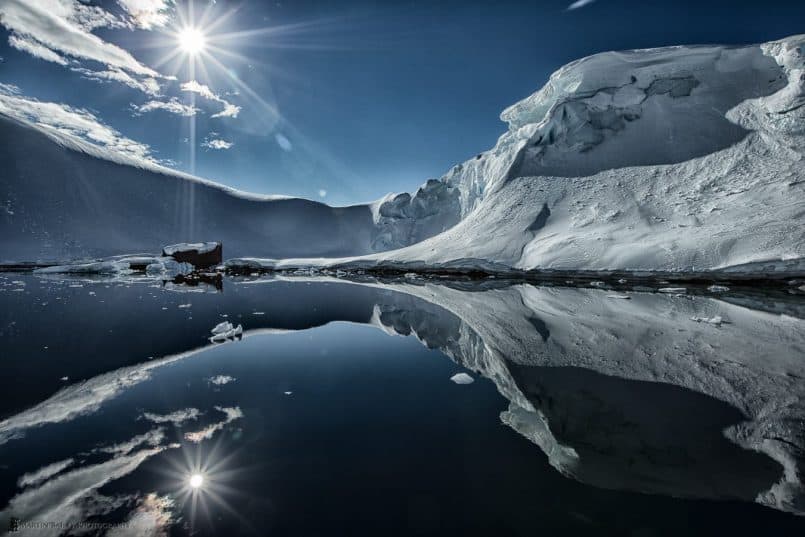
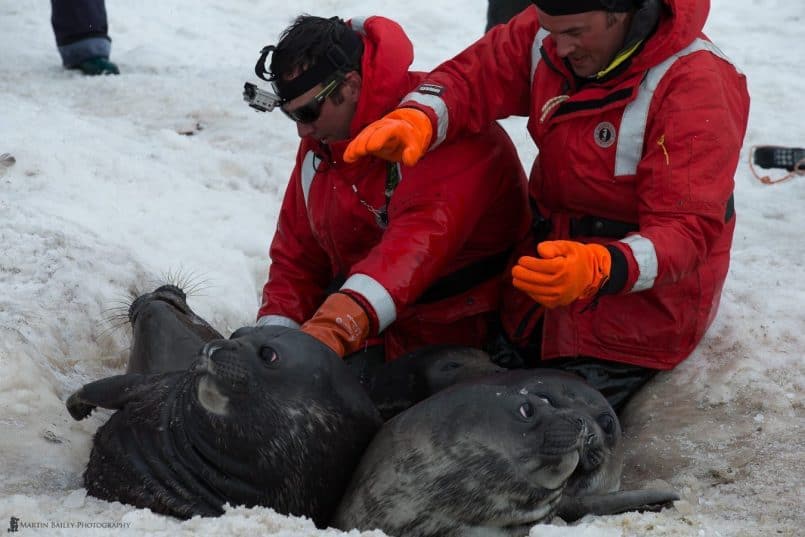

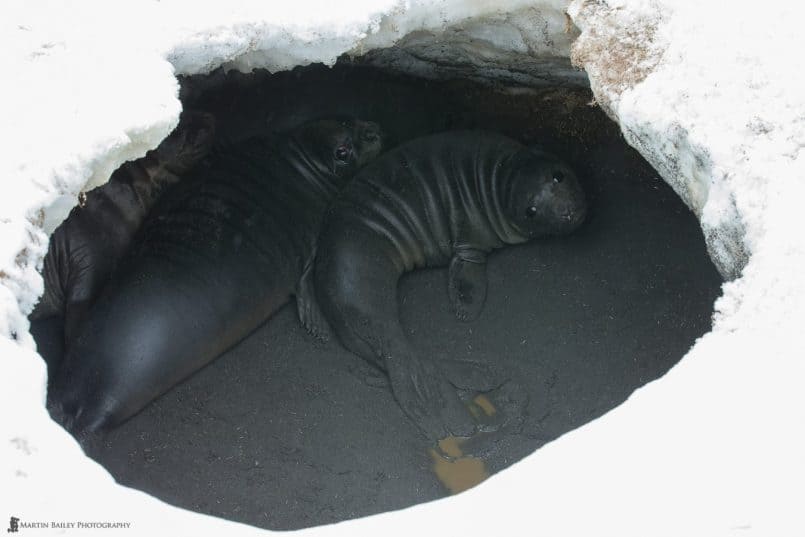
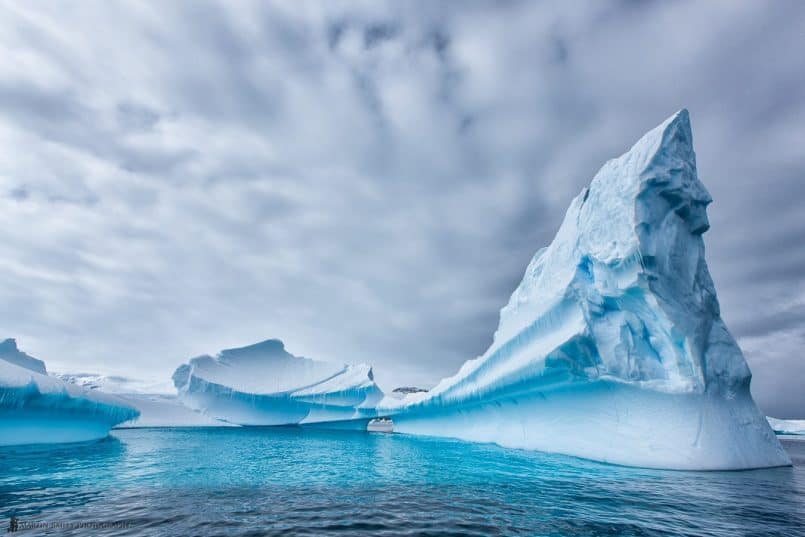
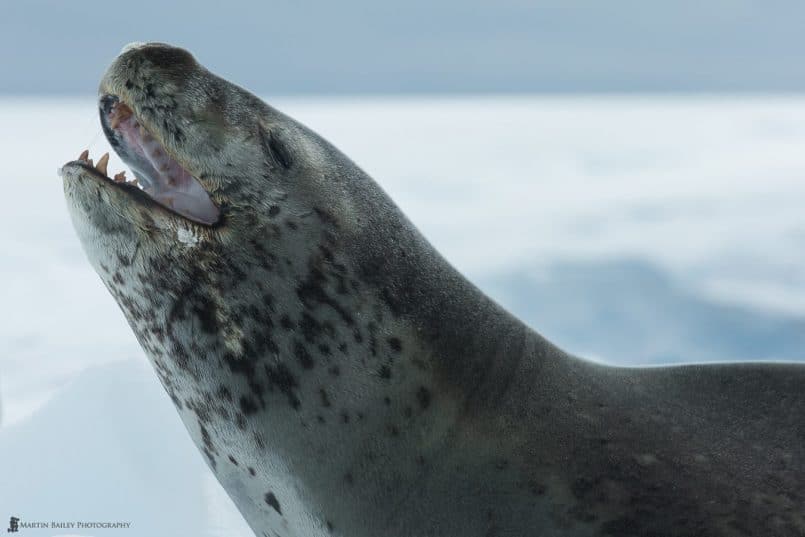

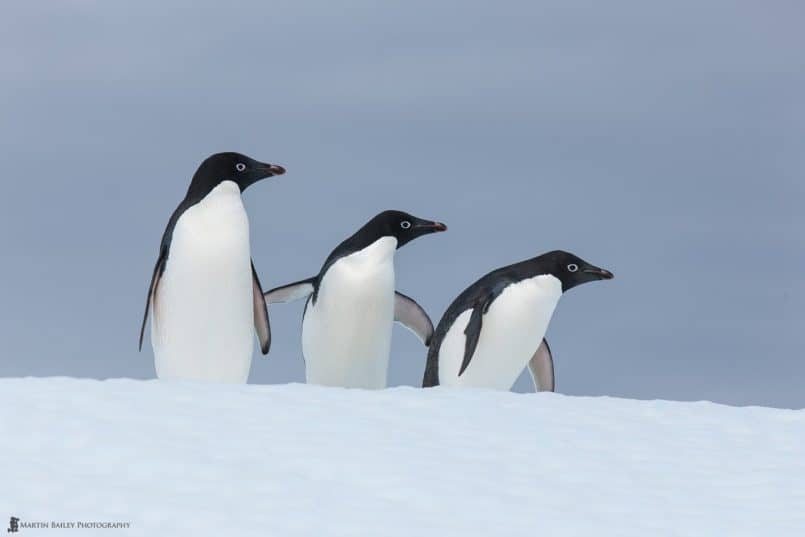
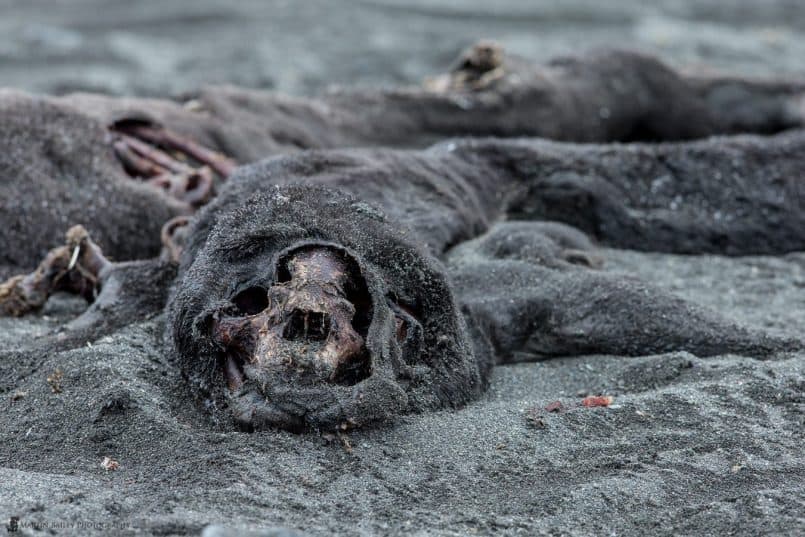
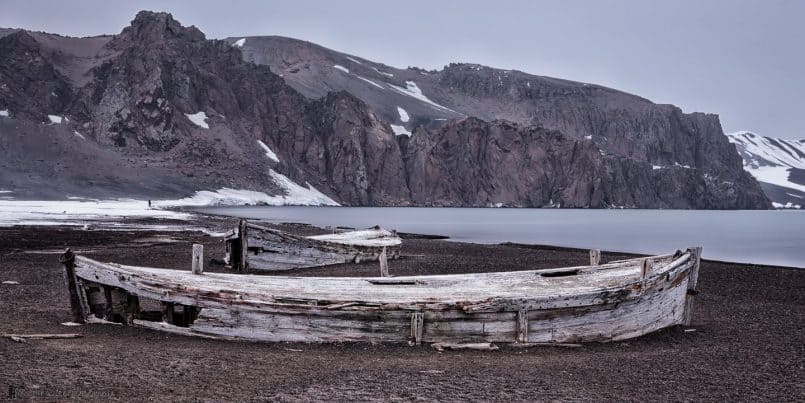

Always a treat to read a blog with great photographs and descriptions that address nature and the dynamic range of global warming’s impact. Very well done Martin.
Thanks Jamie!
Thank you for another breath taking show. I was hoping for a reference to Ernest Shackleton as you visit Elephant Island. Is there a marker of some sort showing the location where his men survived in that upturned boat while he went for help?
Thanks Anke! I mentioned Shackleton briefly last week, in the South Georgia episode, but we didn’t see anything where we were. I actually probably should have referred to it as Elephant Point, not island. I know both terms were used, but I think Elephant Point is correct. It’s part of Trinity Island I think.
Cheers,
Martin.
Lots of great images and stories, Martin, and very different from 2011.
Thanks Murray!
Yes, it was a very different experience to 2011. Being at the start of the season instead of the end gave us a whole different set of subjects. Conversely, we hardly saw any whales. Those days we had with like 10 pods of humpbacks were insane! Both expeditions were amazing, just for different reasons.
Cheers,
Martin.